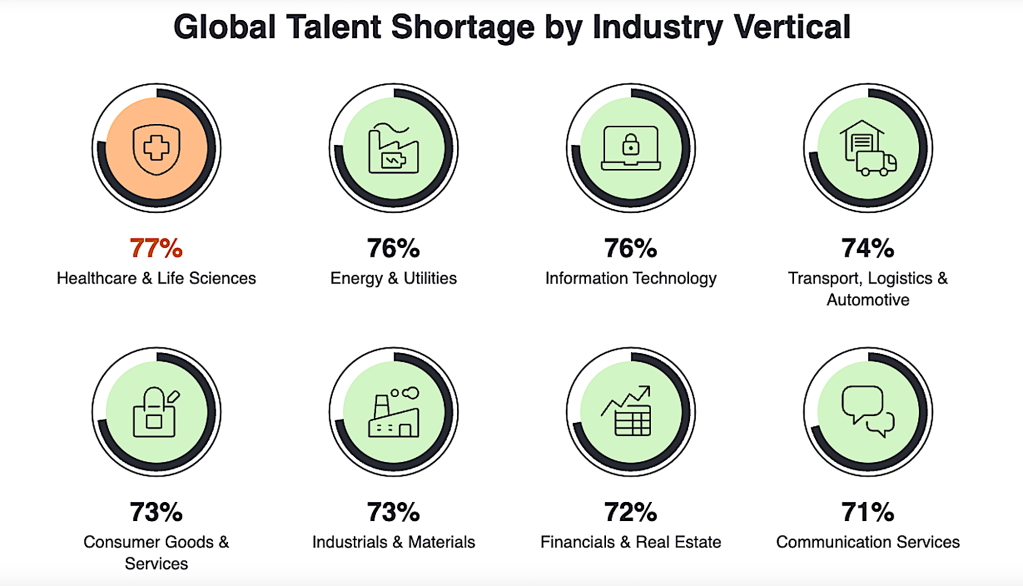US President Donald J. Trump’s tariffs on Chinese-made computing equipment are slated to go into effect tonight — but at a much lower rate than he initially threatened.
The 10% tariff will do much less damage than the 100% version that had been touted — and there are other factors that will mitigate its impact on enterprise IT budgets.
Ranjit Atwal , Gartner senior director analyst, has been modelling the likely evolution of PC prices this year. Even without the tariffs, he was forecasting average PC prices would rise by around 4% because of inflation and a move to AI PCs; those models typically include more expensive processors with neural processing units (NPUs) and a minimum of 16GB of memory to support generative AI (genAI) models running locally.
Effect of the tariffs on enterprise PC prices
The planned tariff is unlikely to add a full 10% to prices on top of the inflationary increase, he said. The supply chain is likely to absorb some of the increase in the form of narrower margins and still more by offering new PCs with lower specifications at lower price points. Without those kinds of measures, some have forecast demand for laptops in the US could fall by as much as 68%.
Overall, Atwal said, he expects average PC prices to rise by between 9% and 9.5% this year after taking into account inflation, changes in typical specifications, and the new tariffs.
Timing of the increases
Goods imported into the US or released from bonded warehouses there before 12:01 a.m. ET on Feb. 4 — or loaded aboard a ship bound for the US before 12:01 a.m. ET on Feb. 1, are exempt from the tariff. But anything arriving or shipping from China after those dates will be hit by the new tariff, according to Trump’s Executive Order and a fact sheet published by the White House.
Inventory already in the sales channel in the US is unaffected, but price increases on PCs will likely soon flow through to enterprises.
That’s because PC inventories are low at the moment, as sales have been slow and risk-averse resellers are reluctant to hold large stocks in case the introduction of newer models makes them obsolete, according to Atwal. He estimated there are perhaps 30 days’ PC inventory in the US channel.
Small share of IT spend
When the tariffs do start hitting IT equipment deliveries, the effect on already-stretched enterprise IT budgets might not be as pronounced because companies are now spending less on hardware and more on software and services.
“Three quarters of enterprise and government tech spend in the US comes from software and IT services,” said Michael O’Grady, a forecast analyst at Forrester Research.
Computer and communication equipment together make up just 13% of US technology spending, he said, “so although tariffs will impact the price of imported goods, most of the software and IT services spend would not come from China.”
Consequences for the rest of the world, too
While Trump can only impose tariffs on goods imported into the US, his order could have repercussions on IT equipment prices globally, too.
China produces about three-quarters of the world’s PCs, Atwal said, and there is little room for vendors to move production capacity away from China to avoid the tariffs — at least in the short term. “There has been a steady shift to other countries, but trying to rebuild that on the same scale somewhere else has not been straightforward,” he said.
There won’t necessarily be bargains available from vendors already making PCs and components in countries not subject to the tariffs, as the temptation for them will be to increase their prices across the board, just behind those hit with tariffs.
The US represents about 27% of the global PC market by units sold, Atwal said, so if demand here falls due to the tariffs, vendors will be looking to make up lost revenue from sales in other countries. How exactly they do that is one of the many unknowns: Will they raise prices to lift revenue, or cut them to boost sales volumes?
The tariffs Trump has imposed on Chinese, Mexican, and Canadian products could upset global trade ba;ances in other ways, too, Atwal suggested: The move could cause currency swings that will influence the cost of imported goods, including IT equipment in other countries.
With so many variables, he said, “We’re calculating this through. It’s not a straightforward exercise.”


